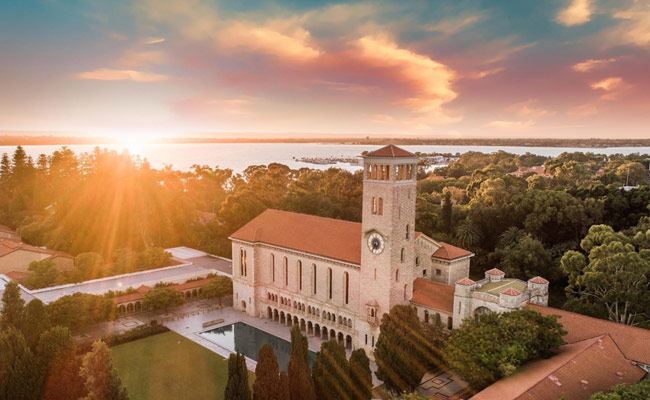University of Western Australia: Students first to build ‘brains’ of autonomous bus
Students from The University of Western Australia have become the first in Australia to develop the hardware and software to control an autonomous shuttle bus, allowing it to operate on campus and adapt to changing road conditions
Trials of the bus, named ‘nUWAy’, start today on the UWA campus between Reid Library and the Business School and rides are free to students, staff, and visitors.
The UWA School of Engineering’s Renewable Energy Project (REV) acquired the shuttle bus as a shell without any software, and engineering students added hardware extensions and a full software stack to operate the vehicle.
“It’s just fantastic to have worked on technology at the forefront of the transport industry that might see vehicles advance in their capabilities in the future.”
UWA Engineering Student Jai Castle
After the BMW X5 and the autonomous Formula-SAE race car, this is UWA’s third autonomous vehicle project, which places the University at the forefront of autonomous driving research.
The bus is equipped with sensor systems to guide navigation and prevent collisions, including eight Lidars (a remote sensing method that uses lasers), two cameras, a GPS and an inertial measurement system. An independent hardware system monitors the vehicle’s movements and automatically stops the bus if an object or person comes too close.
Bachelor of Philosophy (Honours) student Jai Castle, one of 10 students involved in the project, said it was rewarding for students to see their hard work pay off in developing the hardware and software to operate the bus.
“It’s just fantastic to have worked on technology at the forefront of the transport industry that might see vehicles advance in their capabilities in the future,” he said.
“When we gave the bus its first run, it was a great feeling to see our project with real-world application and able to be used on campus.”
Jai Castle
UWA Engineering Student Jai Castle worked together with nine other students to develop the bus.
REV project lead Professor Thomas Bräunl said the students had developed the system over the past year and were excited to see their creation in action.
“The shuttle bus has unique characteristics,” Professor Bräunl said. “While most commercial autonomous shuttles can only follow a fixed pre-programmed path and cannot deviate, nUWAy can calculate its path to any point on campus. It is able to drive around obstacles, where it is safe to do so,” Professor Braunl said.
“The autonomous vehicle is a great testament to the students’ hard work and they have learned a lot from the experience. Not only has this project tested their skills and allowed them to accelerate their learning, they have created a product that will help advance research in the field.”
The UWA Transport Science group at the Business School led by Associate Professor Doina Olaru will conduct trials using passenger surveys and research into people’s trust and acceptance of autonomous transport solutions.

